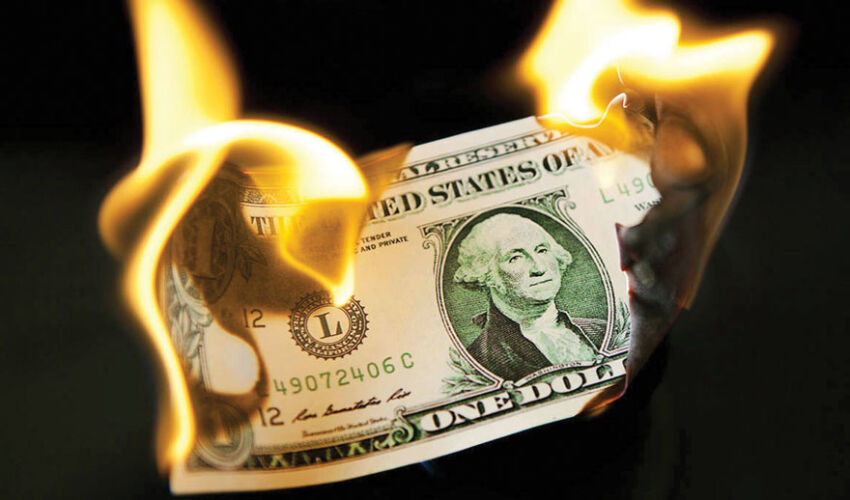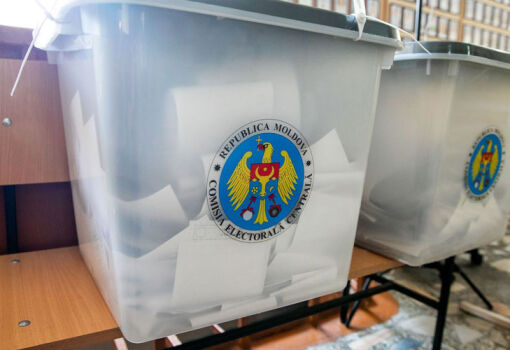
This plan is based on the idea that the dollar’s status as the world’s reserve currency is not a privilege but a heavy burden that has played an important role in the deindustrialization of the U.S. economy. According to this logic, global demand for dollars raises their value, so that goods made in the US end up being more expensive than imported goods. This, in turn, leads to a persistently negative foreign trade balance and encourages U.S. companies to move production abroad, and with it, jobs.
Is there any truth to this reasoning? The answer is both yes and no. It makes sense that foreign investors who want to own U.S. stocks, bonds, and real estate can generate a steady flow of capital into the U.S., which stimulates domestic consumption and increases demand for traded goods (e.g., cars) and for nontraded goods (e.g., real estate and restaurants). Increased demand for nontradable goods usually leads to an increase in the value of the dollar, so, as Miran argues, imports become more attractive to U.S. consumers.
But this reasoning ignores important details. While the dollar’s status as a reserve currency increases demand for U.S. government bonds, that status does not mean that demand for all U.S. assets increases. Asian central banks, for example, hold trillions of dollars worth of Treasuries, using them to stabilize the exchange rate and as a financial buffer in case of a crisis. They generally avoid buying other types of U.S. assets, including stocks and real estate, because they do not fit their objectives.
In a situation where foreign countries need only Treasuries, they do not need a trade surplus to buy them. The necessary funds can be raised by selling existing foreign assets: stocks, real estate, and factories.
This is exactly what happened in the 1960s and through the mid-1970s. By then, the dollar was firmly established as the global reserve currency, but the U.S. almost always ran a current account surplus, not a deficit. Foreign investors accumulated U.S. Treasury bonds, while U.S. firms expanded abroad by acquiring foreign manufacturing facilities, either buying them outright or investing in building plants from scratch.
The postwar era is not the only period in history when the world’s reserve currency issuing country ran a current account surplus. The British pound sterling was the undisputed world reserve currency from the end of the Napoleonic Wars (the early years of the nineteenth century) until the outbreak of World War I (1914). During this period Britain usually ran external surpluses, aided by the high return on investment in the colonial empire.
There is another interpretation of the U.S. current account deficit that helps explain why the relationship of the exchange rate to foreign trade imbalances is more complicated than Miran’s theory suggests. From an accounting perspective, a country’s current account surplus is equal to the difference between the sum of national savings and the sum of investment, both public and private. Importantly, “investment” here refers to physical assets, including factories, housing, infrastructure and equipment, not financial instruments.
Viewed through this lens, it is clear that the current account deficit is influenced not only by the exchange rate, but by all factors affecting the balance of national savings and investment. In 2024, the U.S. budget deficit is 6.4% of GDP, which is much larger than the current account deficit of less than 4% of GDP.
Although reducing the budget deficit does not automatically eliminate the current account deficit (the situation depends on how exactly the deficit is eliminated, as well as on the reaction of the private sector), such a recipe is much simpler and clearer than launching a trade war. Reducing the budget deficit, however, is a difficult political task: Congress must be persuaded to pass more responsible tax and spending laws. Moreover, unlike a noisy trade confrontation, such a measure would not cause foreign leaders to start sucking up to Trump; instead, the media’s attention would shift to domestic politics and congressional negotiations.
There is another key factor that determines the size of the current account deficit. This is the strength of the US economy, which has been the most dynamic in recent years compared to the economies of other major global players. This has made US businesses more attractive to investors. Even the share of industry in GDP has grown, although industrial employment has not kept pace with this growth. The reason is that modern factories are extremely automated.
Miran’s plan, however clever, is based on a misdiagnosis. While the dollar’s role as the world’s leading reserve currency is of some importance, it is only one of many factors contributing to America’s persistent foreign trade deficit. And if the trade deficit has many causes, then the idea that duties will be a panacea is dubious, to say the least.
Kenneth Rogoff,
former chief economist at the IMF, now a professor of economics
and public policy at Harvard University, winner of the Deutsche Bank Prize
for financial economics in 2011.
© Project Syndicate, 2025
www.project-syndicate.org













